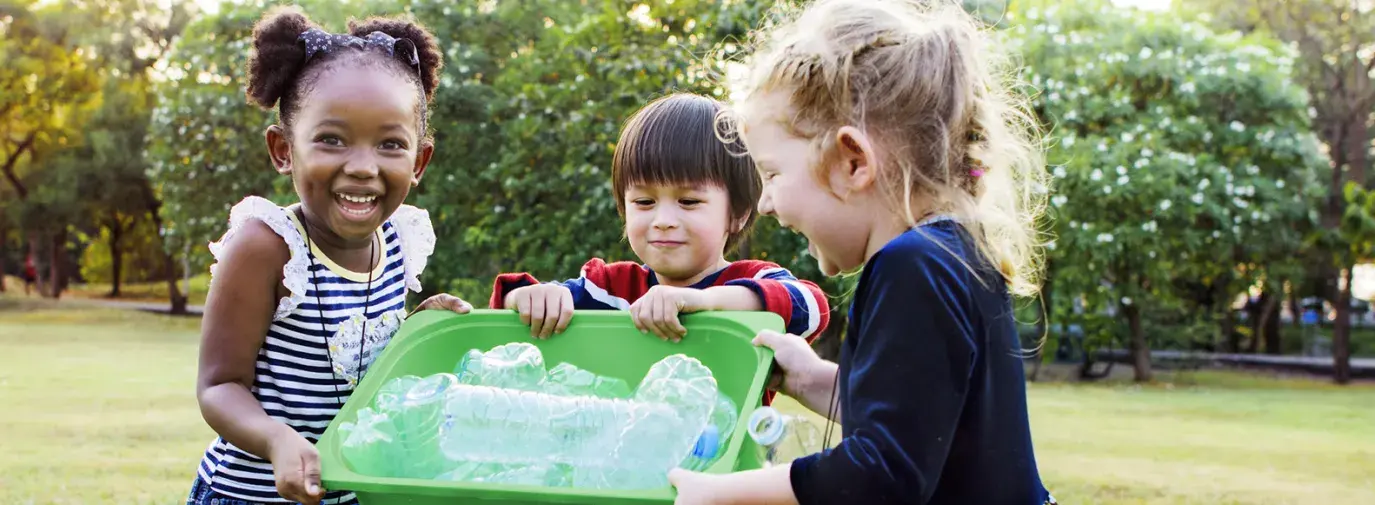
While everyone can waste less, we can’t all do it the same way. This work starts with individual action, then we join hands with neighbors to form and improve communities. Our communities can work together to hold companies and government accountable.
But local action starts with individuals. Here are six ways to recycle more and create less waste.
- Identify things you only use once before throwing away or recycling. For example: grocery bags, plastic utensils, takeout cups and boxes, straws, shipping boxes, cans and bottles, plastic/foil wrap, printer paper. Some of these items are commonly used for only a few minutes until they’re thrown out.
- Think of how you could reduce your reliance on single-use items. Buy reusable shopping bags and utensils, and make sure they’re always in your car or purse. Keep your reusable mugs clean and toss them in your bag when you’re headed to the coffee shop. Buy in bulk (or larger sizes) when possible so your goods use less packaging. Can you kick your canned soda habit and try a soda-maker or homemade fruit-infused water instead?
- Consider how you can reuse what you have. Can you double up on an object’s original use, like reusing a shipping box or shopping bag? Or can you reuse in a creative way, like turning an old wooden ladder into a plant stand.
- Recycle right. Do you know what can be recycled in municipal bins and what can’t? Find out by contacting your municipal waste authority. For things that are not recyclable in your city’s bins, there might still be an answer for you—Earth911.com has recycling options for nearly every product imaginable, and maps of recycling resources around the country! Search by zip code and the item you’re looking to recycle.
- Rethink the way you consume. One reason recycling isn’t valued as highly as it should be is because there’s simply not a high demand for recycled products in most cases. If you can afford to pay a little extra for a product made from recycled materials, it’s a vote with your dollars for a world in which recycled plastic has value and there’s a closed waste loop for products.
Buying fewer products overall helps reduce waste. With plastic products that you use for a long period of time (e.g. pens, Tupperware, hairbrushes, cutting boards, flip-flop sandals, etc.), treat them (and all possessions) well, so they will last a long time.
- Don’t give up when you slip up. We’ve all read the articles about people who create one tiny bag of waste in a year. That takes a lot of effort and probably many years of reducing their consumption. While they’re great models to aspire to, keep in mind that nobody’s perfect: if you leave your reusable mug at home or buy something you realize is way over-packaged, forgive yourself, and try to do better next time.
What will you do as an individual, and as part of the global community, to reduce your waste this year? Learn more about zero-waste, the buy-nothing movement, and moving beyond the Walmart economy.







